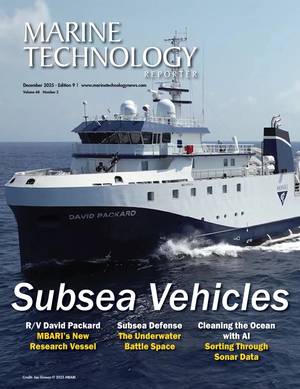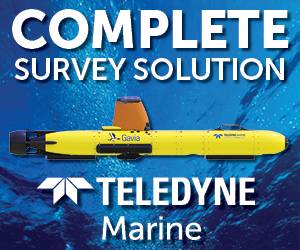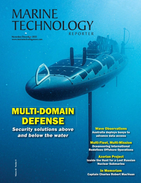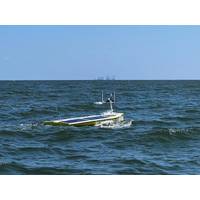
USV Provides Near Real-Time Deep Ocean Current Observations
Sonardyne and SeaTrac Systems used advanced sensors and uncrewed surface vehicles (USVs) to deliver science-ready deep ocean current data on the Gulf’s Loop Current System, direct to scientists’ desks in near real-time.The project, commissioned and in collaboration with the University of Rhode Island (URI), opens the door to reliable, on-demand and sustained high-resolution observations of powerful and dynamic ocean systems, without the need to send people offshore.In turn, this boosts scientists’ ability to improve predictive models, helping industry and science understand and
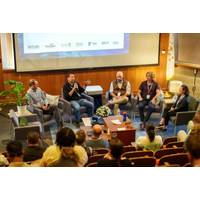
URI Hosts Global Ocean Technology Conference
The University of Rhode Island and Rhode Island Sea Grant recently hosted the Marine Technology Society’s annual TechSurge conference. The three-day event convened approximately 120 attendees from around the world at URI’s Graduate School of Oceanography on the Narragansett Bay Campus.The conference, which focused on fisheries and benthic monitoring for offshore development, featured lectures, workshops, networking events, and a “Tech Cafe” for fostering industry and student connections. Tours of the Narragansett Bay Campus and highlighted ocean technology laboratories and
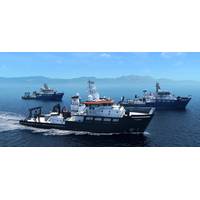
Sonardyne Technology Selected for New Oceanographic Research Vessels
and vessel-build requirements.The first system has recently been delivered to Oregon State University to be fitted to the R/V Taani, to be operated by the university, by vessel builder Bollinger Houma Shipyards.Systems for the other two vessels, R/V Narragansett Dawn (to be operated by a University of Rhode Island-led consortium) and the R/V Gilbert R. Mason (to be operated by the Gulf-Caribbean Oceanographic Consortium) will be delivered next year.Sonardyne's Ranger 2 will allow US researchers to accurately track and simultaneously communicate with multiple underwater scientific instruments
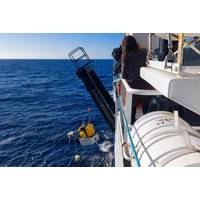
Seismometers Retrieved for Slow-Slip Earthquake Study
;this time focusing on the Hawke’s Bay region, a different portion of the Hikurangi plate boundary where slow slip earthquakes are also observed.Earth Sciences New Zealand, GEOMAR, University of Tokyo, Kyōto University, Tōhoku University, Lamont-Doherty Earth Observatory, and the University of Rhode Island are the research partners on this project. Scientific research funding for this project has come from New Zealand's Ministry for Business, Innovation and Employment, Germany’s Helmholtz Association, the United States National Science Foundation, and Japanese government science funding
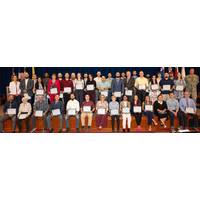
Navy’s NUWC Newport Honors 42 Training Program Graduates
provide professional education and development, that has increased in-house knowledge in mission-related disciplines, that support the division’s technical and business capabilities.This year’s graduates attended 22 schools including the University of Massachusetts at Dartmouth, the University of Rhode Island, Stevens Institute of Technology, Roger Williams University, and New England Institute of Technology.Five of the graduates received a doctorate, 29 received a master’s degree, eight received a bachelor’s degree, one received an associate degree, and one received a graduate certificat
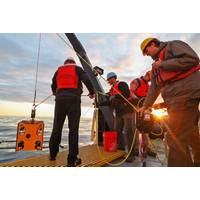
Shipwreck Windfall: ROV Expedition Captures Maritime History
The chill, freshwater depths of Lake Ontario may not first come to mind when thinking about shipwrecks, but an expedition by the Ocean Exploration Cooperative Institute (OECI) at the University of Rhode Island (URI) is challenging that perception. Its star explorer? A compact but mighty Remotely Operated Vehicle (ROV) named Rhody. What began as a mission to support NOAA’s interest in high-resolution shipwreck documentation within the Lake Ontario National Marine Sanctuary has evolved into a dynamic academic research experience merging innovation, partnership and the expanding role of robotics in
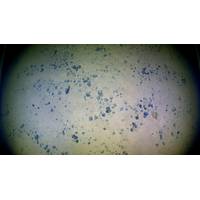
New AUV Helps Document Critical Minerals
small-footprint AUV is advancing understanding of some of the planet’s least explored regions at water depths up to 11,000 meters (6.8 miles).Operationalizing the technology for the first time was part of a mission led by the Ocean Exploration Cooperative Institute (OECI), based at the University of Rhode Island’s Graduate School of Oceanography, with support from the National Oceanic and Atmospheric Administration (NOAA), the Bureau of Ocean Energy Management (BOEM), and the U.S. Geological Survey (USGS).As part of a larger expedition to expand knowledge of the seafloor, the OECI partnered
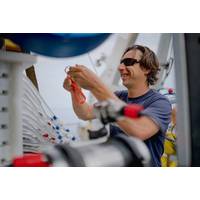
URI Research Seeks to Learn About Deep Sea Organisms
Building upon previous research, University of Rhode Island Professor of Ocean Engineering and Oceanography Brennan Phillips and a multidisciplinary team of scientists will use cutting-edge technology to learn new information about fragile deep-sea organisms and possibly discover new species.The team will receive $2.2 million over three years from the Ocean Shot Research Grant Program, an initiative to encourage bold research in ocean discovery and technology through the Sasakawa Peace Foundation’s Ocean Policy Research Institute, supported by The Nippon Foundation.In addition to Phillips
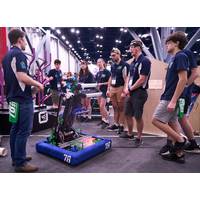
NUWC Division Newport-Sponsored Robotics Team Finishes Among Top Alliances at World Competition
deployed vision-based alignment and automated scoring routines, empowering the drive team with a full arsenal of advanced control tools.Prior to qualifying for the World Championship, AIR STRIKE competed in several competitions including a FRC New England regional event held March 13-15 at the University of Rhode Island. Founded in 1996, AIR STRIKE is organized through Aquidneck Island Robotics (AIR), a nonprofit, volunteer-run organization with more than 60 student members and 30 volunteer mentors. Aquidneck Island Robotics is open to all students in Rhode Island and Southeast Massachusetts from
 December 2025
December 2025
